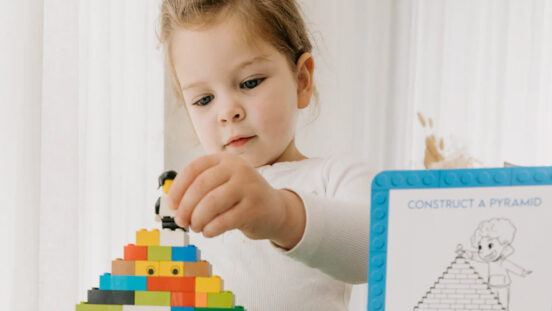Ask the Village: “Do I ignore my child’s outbursts or introduce the naughty step?”
“My four-year-old son has turned into a terror ...”
Everyone has heard about the ‘terrible twos’ when toddlers have found their feet and are increasingly vocal and demonstrative when trying to communicate their likes, dislikes, wants and needs.
The terrible twos are generally agreed upon as an important developmental stage when little ones are eager but unable to communicate their desires and become frustrated. This stage is anticipated and there are plenty of resources and ideas about how to deal with this challenging period.
The ‘three-nager’ stage is not dissimilar and, if you’re lucky, the outbursts during these years can reveal a pattern about your little one’s communication or needs, which help you limit them or deal with them quickly.
Distraction is an easy on in the early years, but what happens when your toddler sails through those years only to encounter the ‘fournado’?

“He used to be a delight to be around.”
One Bounty Parents community member’s cherub has turned four and their behaviour has changed for the worse.
Calling for help on our Facebook group, she asked: “Do I ignore his outbursts, introduce the naughty step or something else?”
Reaching out for support, the mum told the group, “He used to be a delight to be around but now I feel he’s just hard work …”
The commenters were against the naughty step or ‘time out’, with one suggesting ‘time in’ as an alternative. (See What is ‘time in’? below.)
“Look up the benefits of ‘time in’. Little kids have big emotions and they need a safe place to release those emotions,” said one parent.
Another response recommended applauding positive behaviour at every turn. “Every time, second, minute you see good behaviour, reward. With praise or time together or treats.”
Showing empathy is an important habit to get into, as one parent suggested.
“My son has been doing this. We as parents have to realise, just like adults, they have melt downs. More so because they don’t fully understand what they are feeling or how to express how they are feeling. What you can do is have patience with them whilst also listening.”
“Check out Dr Justin Coulson podcast for Happy Families. Great tips on handling tantrums or bad behaviour without naughty corner etc…” was another useful resource shared by one member.
Hormones was also suggested as a cause for the change in behaviour.
“Testosterone surges,” said one parent. “All you can do is comfort him. He won’t [know] why he is feeling the way he is. We had some at 4 and some at 6.”
What is ‘time in’?
Also called ‘Positive time out’, time in involves connecting with your child before correcting behaviours. Rather than isolating them on a naughty step along with their mixed-up emotions, for example, parents ask their toddler to sit down together so they can talk.
Take your child’s hand, if they’ll let you. Emotional and physical connection may quickly diffuse the outburst, and then you can ask your child what has upset them and show empathy before you go over the rules or expectations.
Time in has the potential to help them better manage their emotions without having to lash out, but they need adult help with this.
What the child psychologist says …
Dr Justin Coulson (Happy Families and Parental Guidance) steps into the eye of the fournado.
“In so many ways, our four-year-olds seem grown up and mature. But when they are bad… wow! It seems like we literally have a #devilchild in our family,” he says.
So what can you do to help your fournado?
Dr Coulson suggests three things to focus on, which will mean “They’ll sleep better, feel better, and behave better, and your whole family will be happier.”
- See the world through their eyes
Say what you see, focusing on feelings: “I see a four-year-old who is really mad about this.” “I’m watching my big boy really struggle and get frustrated. It doesn’t seem fair does it.” Remember, our children’s behaviour reflects their feelings. If we can help them feel understood, they’ll feel better, and they’ll behave better. - Allow choice
Where possible, ask your son what his preference is. For example: “Would you like peanut butter, or Vegemite?” “Would you rather Dad tuck you in or Mum?” “Would you like dinner in this seat or that seat?” Choices allow us to set limits in a way that still allows some autonomy. When our children can choose, they typically offer us less resistance. - Encourage play
Play allows children to be creative, explore, develop, use up energy, make decisions, understand relationships, and so much more. And remember, “outside” is fuel for our souls. Focus on building understanding, offering autonomy where possible, and giving your child time to run around and play.
Does your preschooler still have tantrums? How do you deal with them?
Quotes from Dr Justin Coulson reproduced with kind permission from Happy Families.




